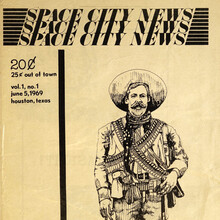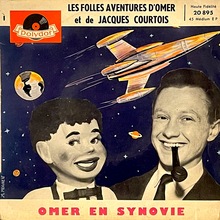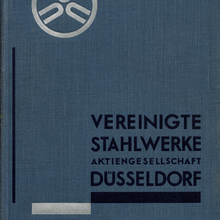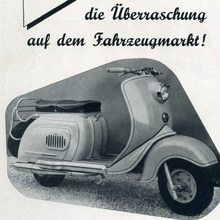Developed in cooperation with Lettergieterij Amsterdam, see also
Nobel.
The family spans nine styles; regular, mager (1928), fett (1929),
Kursiv mager (1930), licht (1931, inline, identical with Open
Nobel Kapitalen?), Kursiv, schmal (1932), schmalfett
(1935), schwer (1940). [Reichardt 2011] Other sources date the
first release to 1929 [Wetzig 1926–40]. Some weights have Greek
capitals and alternates for a number of letters, including a
splayed ‘M’, and, on request, a monocular ‘a’ and pointy forms for
‘vwMNVW’ (and splayed ‘M’) [Musterkartei
DIN 16507] [1932
specimen].
Plastica
and Umbra
were
advertised as shadow companions. Spelled
Berthold-Grotesque for markets abroad. [Ulrich]
Also available for Intertype. Genzsch & Heyse had it as
Hamburger Grotesk, Olive in France as
Simplex [More…
Developed in cooperation with Lettergieterij Amsterdam, see also Nobel. The family spans nine styles; regular, mager (1928), fett (1929), Kursiv mager (1930), licht (1931, inline, identical with Open Nobel Kapitalen?), Kursiv, schmal (1932), schmalfett (1935), schwer (1940). [Reichardt 2011] Other sources date the first release to 1929 [Wetzig 1926–40]. Some weights have Greek capitals and alternates for a number of letters, including a splayed ‘M’, and, on request, a monocular ‘a’ and pointy forms for ‘vwMNVW’ (and splayed ‘M’) [Musterkartei DIN 16507] [1932 specimen].
Plastica and Umbra were advertised as shadow companions. Spelled Berthold-Grotesque for markets abroad. [Ulrich] Also available for Intertype. Genzsch & Heyse had it as Hamburger Grotesk, Olive in France as Simplex [Reichardt 2011].
Chartpak had a dry transfer version as Simplex Bold [1965 catalog].

































